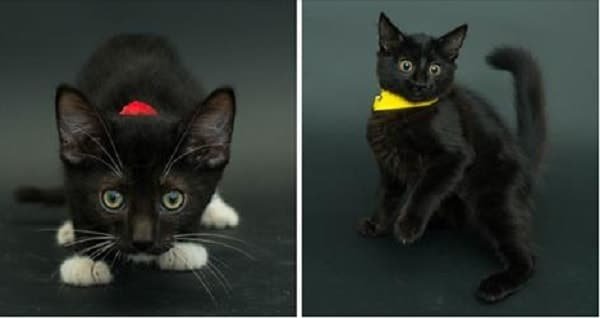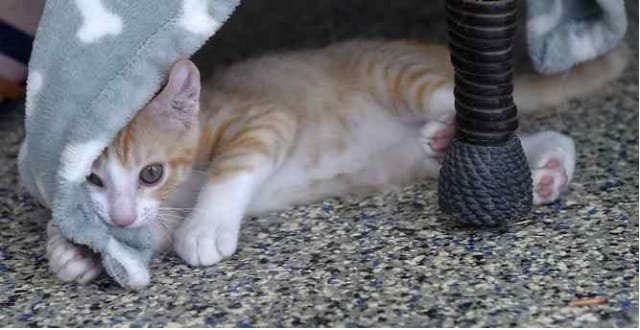If a cat is dirty its very first instinct is to lick itself clean, an instinct that is helping researchers fight back against feral cats.
Just a few years ago South Australian ecologist Dr John Read came up with a trap that shoots poisonous gel onto feral cats, which when licked will kill them humanely.
Dr Read explains it worked well on cats, because they have the instinct to clean themselves, unlike other pests.
“Cats are hunters by nature, they prefer live food, whereas foxes and dogs will readily take baits and use their noses, but cats use their eyes.
“The idea is that the cat will just walk past and can be four meters away and the trap will identify it is a cat and fire on it.
“We have not relied on the cat changing it’s behavior but we have made this smart enough to identify them.”
Currently Dr Read is operating under a research permit and trialing the traps in conservation parks, such as Venus Bay.
“We are seeing how effective they are, seeing how many we might need and any modifications that need to be made to make sure they are really targeted at cats, really humane to cats, and not impacting any non-target species.”
Dr Read explains he was also looking at how they could get foxes to lick off a gel that could be shot on the fur.
“A fox is a fairly similar shape to a cat, but with a bit longer legs, so the same sensors will get a fox as well, but in some early trials we found the foxes did not groom the whole dose off,” he stated.
“We are in the pen where I have been putting some foxes and trialing different flavors to see if a bit of shrimp or beef or liver entices them to groom a bit more thoroughly.
“So ideally we would have something that could get both foxes and cats, but keep our dogs and native animals safe.”
Dr Read is also trialing a radio tag scanner so that someone can put a tag on the collar of your pet animals, whether it is a cat or working dog, to block the gel from firing.
“That will make it perfectly safe to use around where you have your pets and it will just target the ones that you do not want,” he stated.
Dr Read said it had been a long journey, but it’s been all worth it.
“There is still a fair way to go, we have more trials to complete and perfect the development of them,” he stated.
“Ideally we would go into manufacture and try and get the costs down a bit and more affordable, but it is pretty rewarding and already at Venus Bay last time we checked on the cameras we saw five bilbies.
‘If we can replicate that around the place, I would be very happy.”
Trials going well at Venus Bay
Others that may also be very happy would be the officers at Natural Resources Management Boards.
Liz McTaggert and Tayla Bowden work from Streaky Bay for the Eyre Peninsula NRM and have been trialing the trap at the Venus Bay Conservation Park.
Ms McTaggert stated feral cats were one of the most threatening predators in the park, particularly for the species that they were trying to protect.
“Foxes are also a threat too, but we can deal with those with baits and some of the more traditional methods,” she stated.
“The feral cats we have here are very savvy and so we have to be savvy as well and think of new innovative ways to deal with them and this trap is one of the most exciting.”
Ms Bowden explains that since putting the trap in the park it had been very successful over the last 12 months.
“With the first prototype and the second prototype we have been using, we have got five recorded cat fires from the traps, which might not seem like a lot, but with the population of savvy cats we have it is a good number.
“And the promising thing is we have been seeing some of the threatened native animal populations increasing again, which is great.”
We here at The Best Cat Page feel that all of the mor*ns behind this invention and others like it - ARE AS**OLES!




